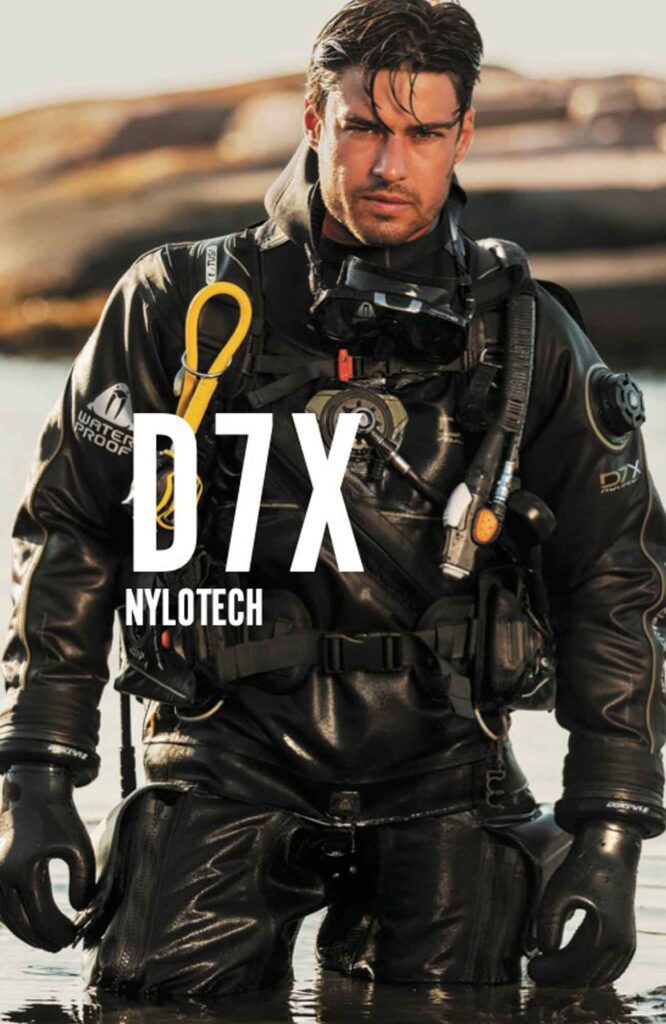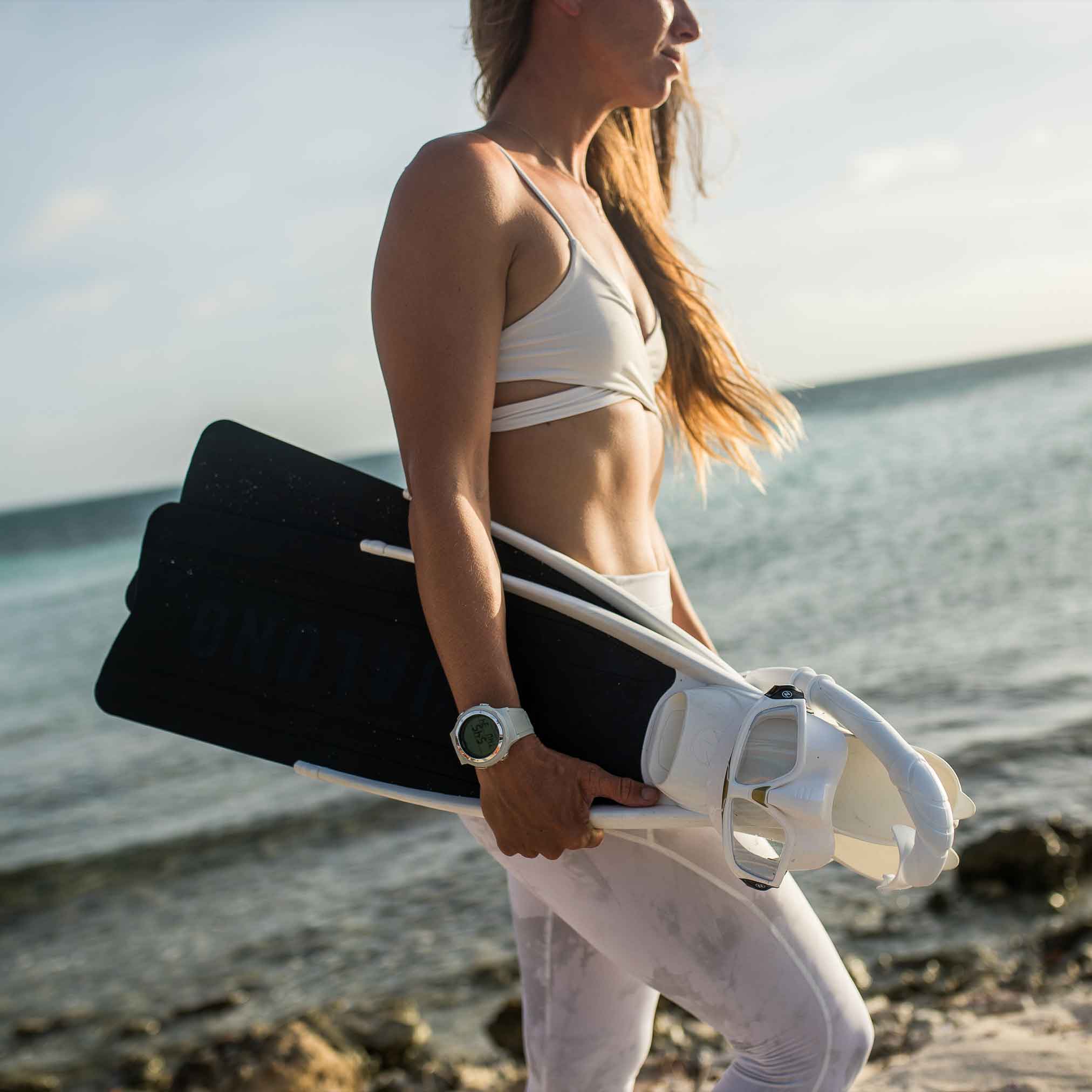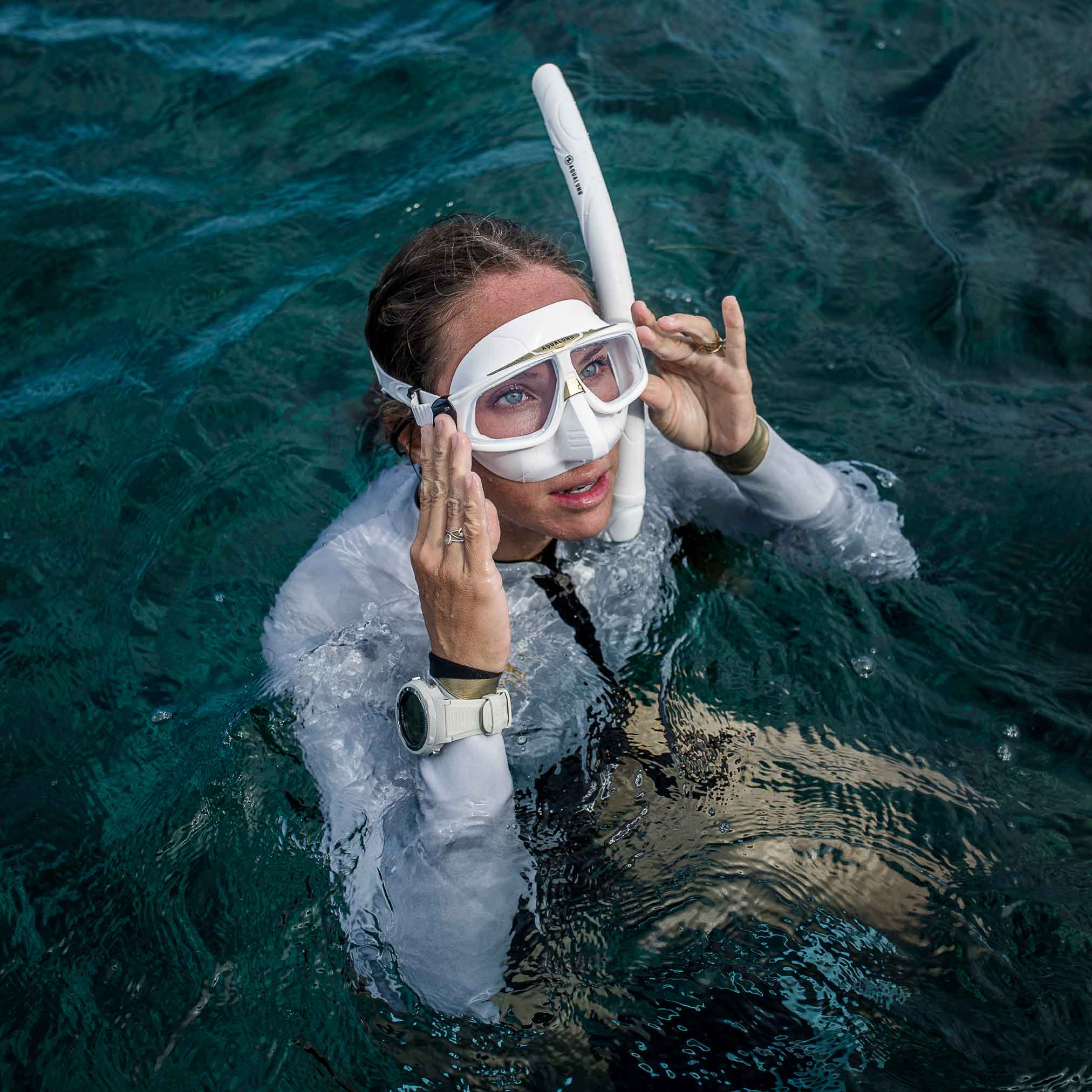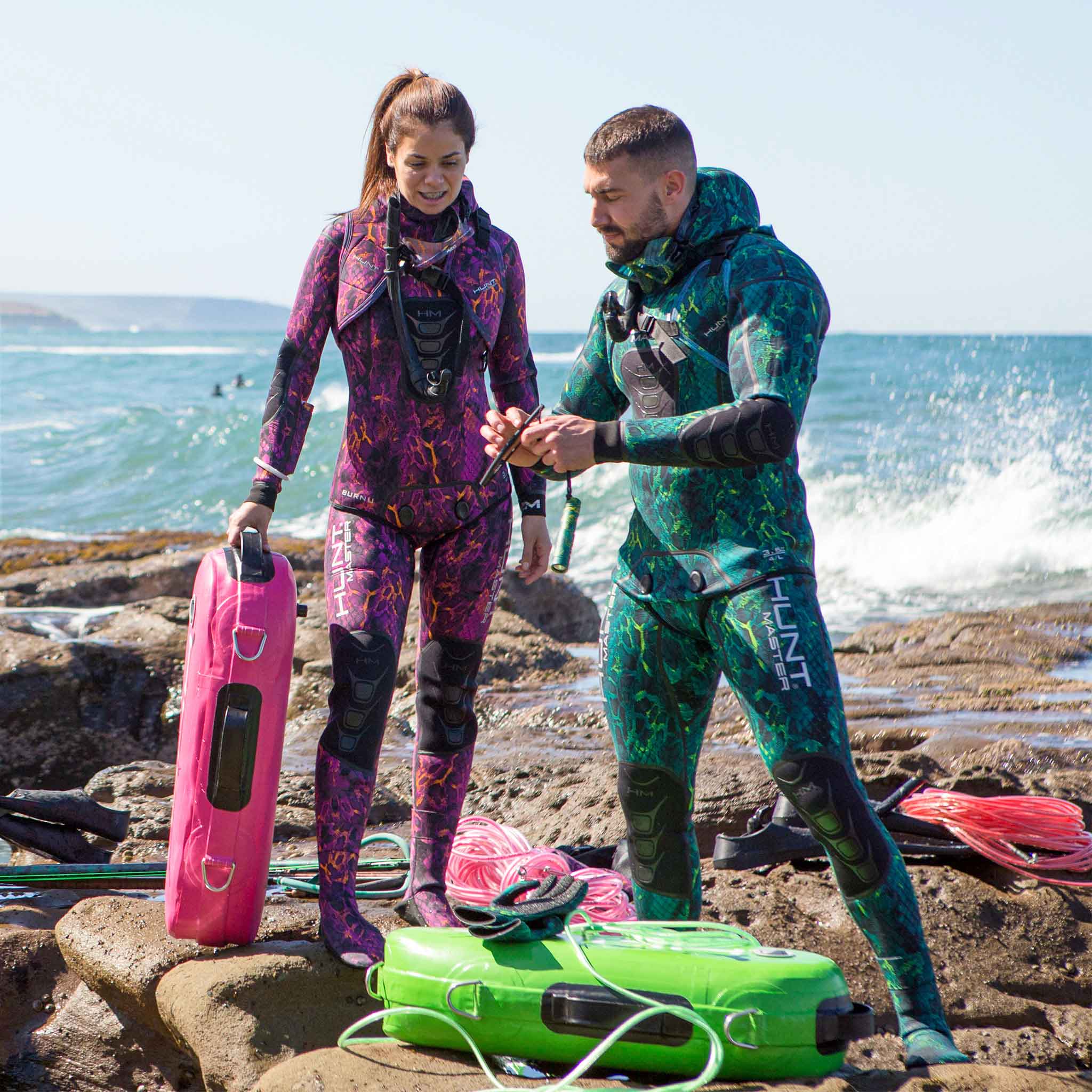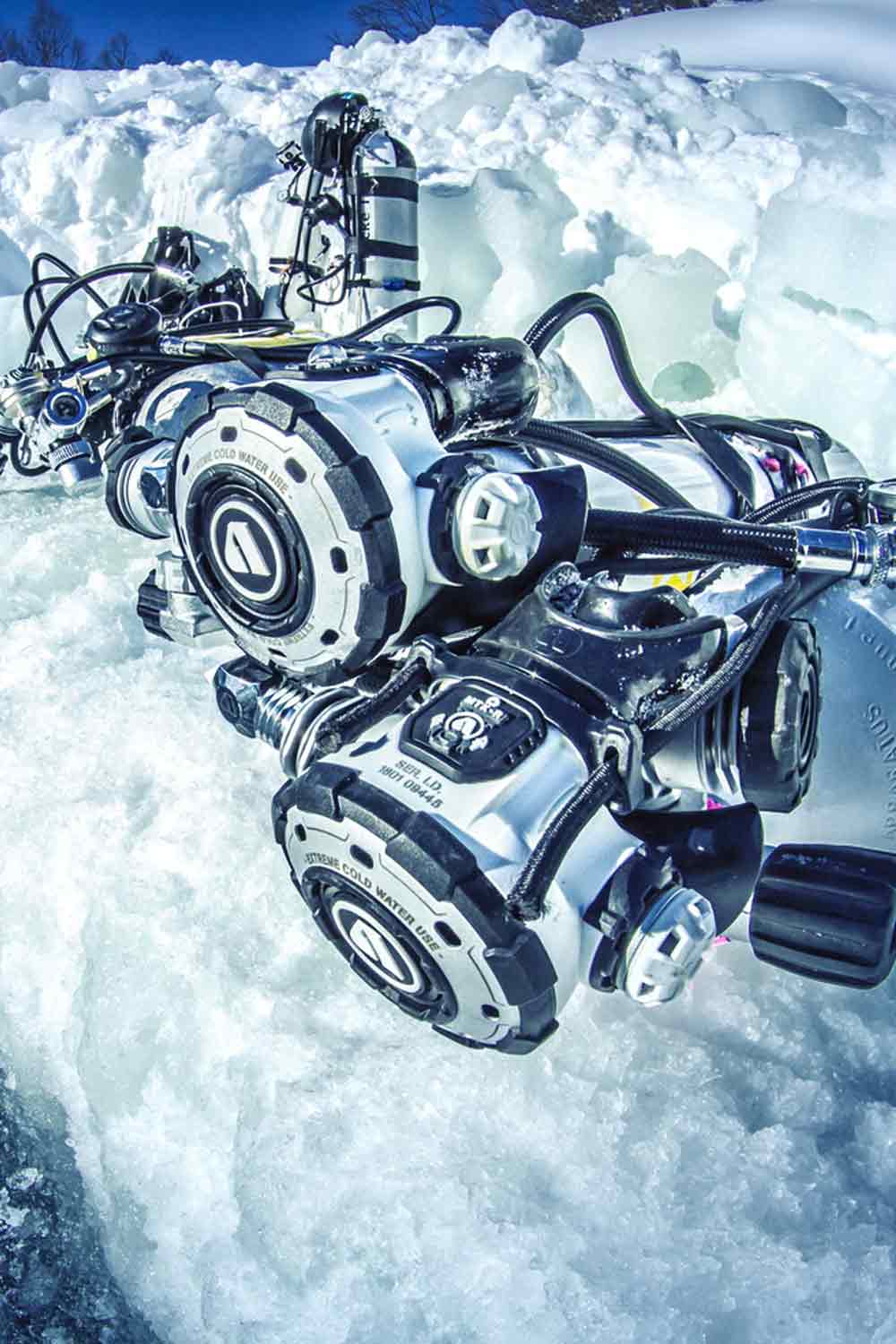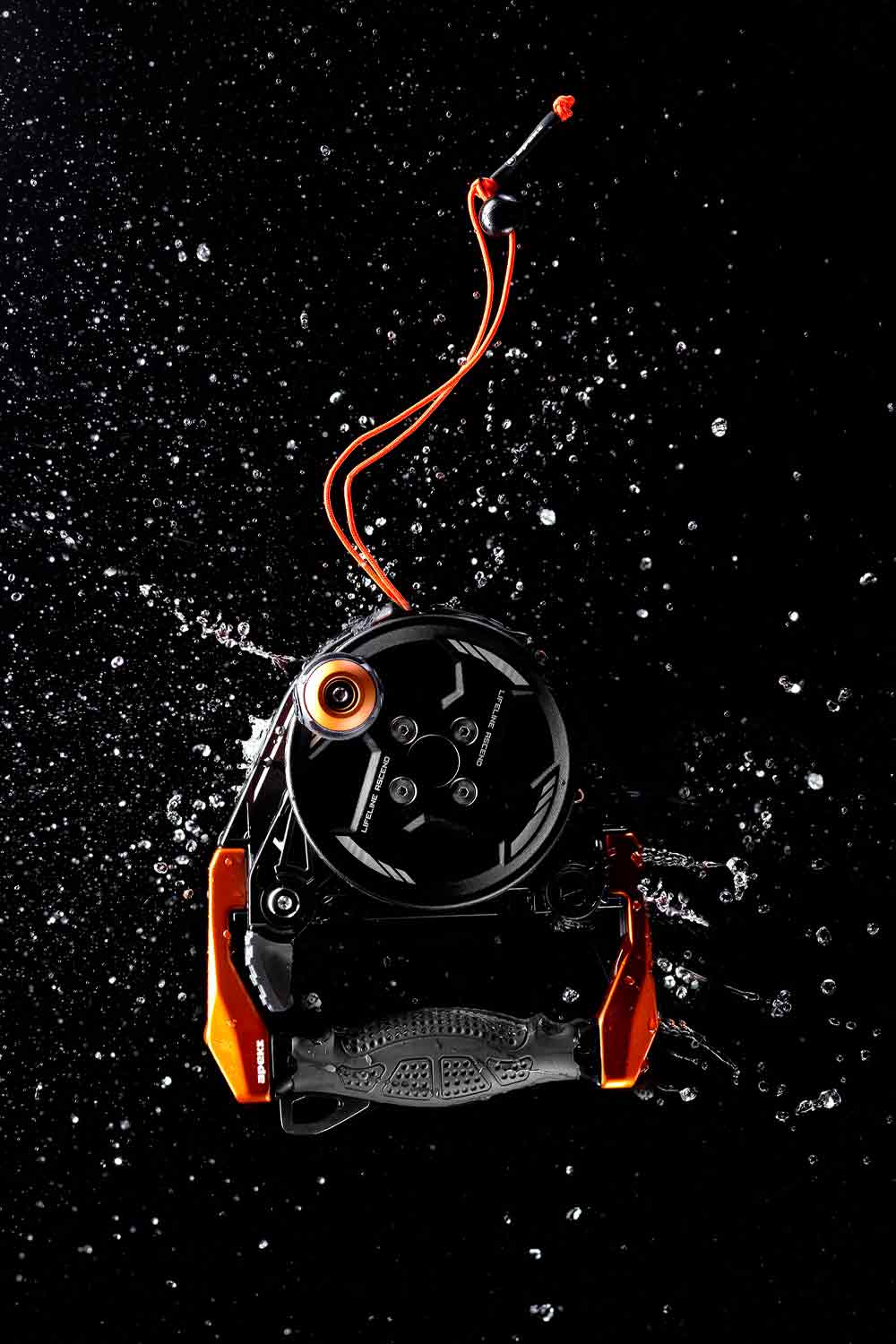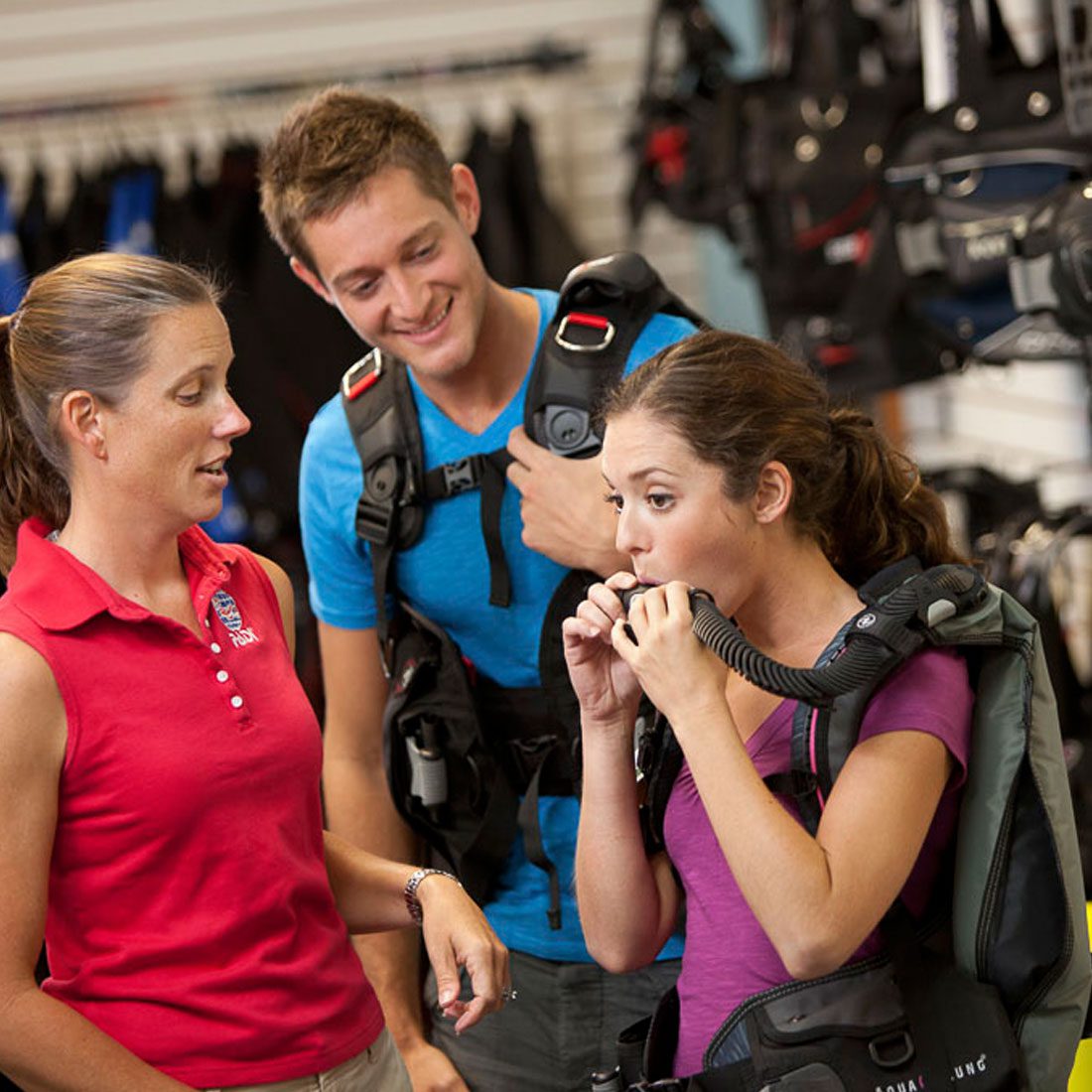Complete Guide to Snorkelling Gear
The Complete Guide to Snorkelling Gear 2020
Everything you need to know about buying Snorkelling Gear
Australia’s Best Guide for choosing the right Snorkelling equipment for you.
Let’s see the different type of equipment you will need for Snorkelling
- What you should look for in a quality snorkel mask
- The Best Full Face Snorkel Mask
- How to choose the correct pair of fins
- What to look for in a good snorkel and their differences
- The Best in Snorkelling Wetsuits for different destinations
The Benefits of Owning your Snorkelling Equipment
Having your own snorkelling gear has many advantages, as most of us travel to a warmer climate like the tropics or a summer vacation near home.
- You don’t have to waste time and money renting and returning your gear.
- It is hygienically clean and free from diseases.
- You can get a comfortable snorkelling mask with a perfect fit for your face so that you are not leaking. Therefore you can enjoy your Snorkelling.
- Today’s snorkels have come along way with the option to have a dry-top snorkel that blocks off when it is submerged so that you won’t get a mouthful of water. Snorkels can be now brought with very comfortable mouthpieces that won’t give you that annoying jaw fatigue.
We often think of snorkelling as an equipment-light kind of activity, and often just rent or borrow gear if possible, when we go snorkelling. There are many significant advantages to owning your snorkelling gear.
Read this guide to know more about Snorkeling: Covering the Basics of Snorkeling.
The Basic Snorkeling Equipment
Snorkelling doesn’t require a lot of gear, compared to scuba diving. But the lower amount of gear doesn’t make selecting that gear any less important for an adult or a child as everyone is made so different.
let’s start looking at the traditional snorkelling masks.
What to Look For When Choosing a Snorkeling Mask
The Mask allows us to see underwater as we’re snorkelling to experience our amazing underwater world, so this is a critical piece of equipment.
How should the mask be designed
You will want to purchase a Scuba Diving or Snorkelling mask which is designed with shatterproof safety glass, as they are made to withstand pressure while duck diving during breath-hold.
When choosing a mask, pick one with a relatively low volume, meaning that the air space trapped inside the mask isn’t larger than necessary as this will make it easier to clear water out of it if you do get a leak. Small (Low) volume in the mask makes it easier to equalize it if you are diving below the surface, called Freediving.
Select a mask with a good field of view for your vision.
The ability to see is essential. Some masks can be fitted with pre-made corrective prescription lenses
How to make sure the mask fits
The right fit is essential and is done in a few easy steps:
- Put the mask on your face without putting the strap on
- Gently inhale through your nose
- Hold the suction and let go of the mask
If the mask sticks to your face from the vacuum you are creating by inhaling; Then it has a pretty good fit.
Make sure that the mask is not pressing under your nose or on your forehead or in between your eyes. If that’s all in check, then you have found a good snorkelling mask.
There are many different sizes and shaped masks to suit many different faces and noses. If you have a wide face make sure the silicone skirt is not sitting on the edge of your eye socket.
Seac Sub Unica Full Face Snorkel Mask
Features of the Seac Unica Full Face Snorkel:
- Full-face snorkel with excellent viewing.
- It allows you to breathe through your nose and mouth at the same time.
- It has a wide Z-shaped seal, which creates an effective watertight seal around the face.
- The snorkel is removable, allowing for easier storage.
Pros:
- It has a purge valve at the base of the mask. If water should enter the mask, it can easily be flushed out.
- The huge bore snorkel allows plenty of fresh air to enter the mask.
- It uses anti-fog technology.
Con’s
- As the size of the mask is so large, inevitably hair will get stuck in the skirt
- Not made for diving under the water
Choosing Fins for Snorkeling
Most people snorkel in warm water, so full-heel fins are the better choice here.
If you’ll be snorkelling in cold water, where you’ll be wearing booties, an open-heel fin is a better choice.
Go for a fin with a reasonable amount of flex, but stiffer around the foot.
If you intend to do basic Snorkeling, sticking to the surface and will be travelling with them, you may want to consider a shorter fin, which is easier to pack. If you are doing breath-hold diving, consider a traditional freediving fin, which tends to be longer and give more thrust concerning energy used.
Here are our recommendations for great Snorkel Fins:
Choose the Right Snorkel
A snorkel is a fairly basic piece of equipment. Go for one that isn’t too long, as the longer the snorkel is, the harder it is to breathe in.
A good, medium length will work well, making breathing easy while being elevated enough to keep it out of the water.
A variety of oneway-filters are used to prevent water from entering the snorkel, and these can be a benefit for Snorkeling in choppy water, or for people looking to do breath-hold dives.
Make sure your snorkel of choice can be somehow attached to your mask strap, so you don’t drop it accidentally.
Choosing a Snorkeling Wetsuit
For tropical waters, “exposure protection” may be swimwear and lots of Reef Safe Sun lotion.
But a rash guard can be helpful for a bit of protection against the sun and a bit of warmth for extended snorkel trips.
For cooler waters, a neoprene top (short-sleeved, sleeveless or full-sleeved as you prefer) can help keep you warm, and for even cooler waters, consider a wetsuit, either a shorty or a full-length.
If you do wear any neoprene elements, do factor in the buoyancy of these, and if you chose to do any dives, consider adding a bit of weight on a weight belt to allow you to submerge.
Use caution though, and better to be a pound too light, rather than a pound too heavy, when breath-hold diving.

